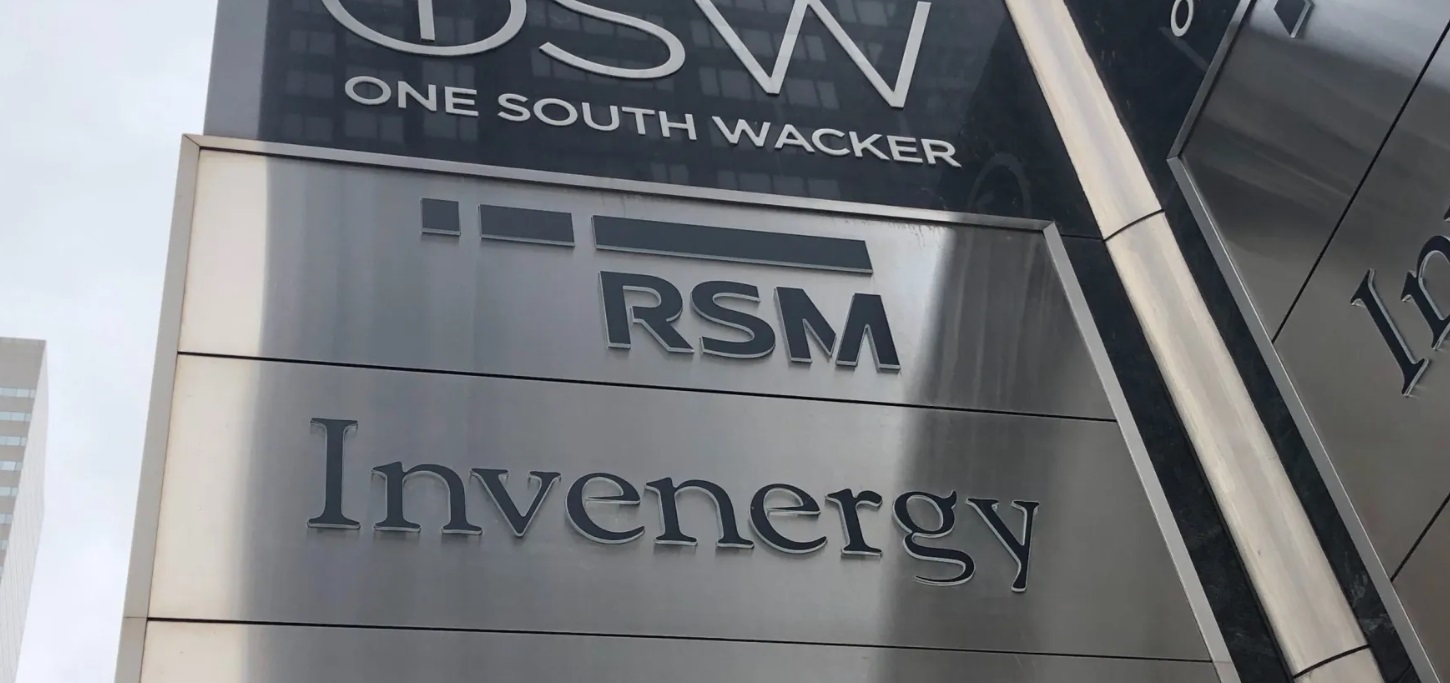Fall has plenty in store for small businesses. October is National Women’s Small Business Month, highlighting the many advancements and achievements of female entrepreneurs in the U.S. economy. After that, November is National Entrepreneurship Month, a month-long celebration of maybe the most important sector of the U.S. economy – small businesses, startups, and entrepreneurs, male and female alike.
Since we at Lance Surety Bonds work with many young entrepreneurs and small business owners we’re always concerned with how they’re doing, and how to help them start and grow their business. Given the often-heard and entirely justified claim that small businesses are the backbone of the economy, it seems like a good idea to see how they’ve been doing over the past year.
With November coming up, what is the current status of national entrepreneurship and small businesses? Here are the most important challenges and developments.
The status of U.S. small business
According to the latest edition of the Wells Fargo/Gallup Small Business Index, small businesses have been doing relatively well overall over the past year. Small business stats increased in almost every category that the survey measured over the past year. As a result, small businesses currently rate their situation as very good or somewhat good. More businesses report revenues being up, as well as an increase in cashflow.
Challenges do remain though, and many of them are the same as before: attracting customers and business, as well as having to deal with government regulations (to which we will turn shortly). Due to these challenges, future expectations have dropped by 2 points.
With this atmosphere, an article at Wall St. Cheat Sheet tackles the question of whether entrepreneurship is dead and answers in the negative. The article finds that entrepreneurship is not dead, but it’s evolving. As the recession forced many small businesses out of the economy, those that stayed had to find other ways to sustain themselves. Since they had no other option, they put the creative genius that is so central to entrepreneurship to work.
From the sharing economy to crowdfunding, a great deal of small businesses and entrepreneurs have had to improvise how they finance and grow their business. But, despite the difficulties, there’re also many success stories. The takeaway is that as small business has been reinventing itself, many indexes and business dynamism charts have failed to accommodate these new ways in their analyses. It doesn’t necessarily make the picture more colorful, but certainly adds more layers to it.
But what about the SBA?
The Small Business Administration (SBA) could, at least potentially, help U.S. small business paint a brighter picture. Instead, what recently transpired is more grim, as the SBA was found to have committed a number of serious violations and malpractices. After its inspector general identified over $400 million of contract actions awarded to ineligible firms, the administration’s claim that it had exceeded its annual 23% small business contracting goal deflated quickly.
So who’s to blame? Well, the answer is complex, but what’s even more important is – what can be done? As the above piece claims, at this point Congress really needs to step in and hold both the SBA and other federal agencies accountable. This is also the reason why government regulations and actions are listed among the top challenges and concerns of small businesses. This, and the continuing – though diminishing – effects of the recession seem to be among the most significant challenges.
Yet Jim Blasingame proposes an alternative to Congress taking the lead: small businesses could start functioning more like a political entity. Blasingame claims that “If small business were a country, Wikipedia would describe Small Business USA like this: Population: 125 million (owners, employees and dependents). Economy: Largest on the planet. Contribution to society: Significant. Organized political influence for its own interests: Negligible.”
Where do we go from here?
Many routes are open to small businesses today. There are of course numerous programs that support national entrepreneurship, and not all are mired in violations. Success stories deserve to be highlighted just as much as difficulties.
Small business needn’t succumb to big business and corporations, though it may be difficult to compete when it comes to wages, benefits and perks. However, there are niches and paths that are open to small biz more than to big biz: the strength of the personalized brand, the agility that comes with being a small player, ‘innovation’ as a central tenet of entrepreneurship, and the various alternative ways to finance a business.
And initiatives such as National Entrepreneurship Month and Global Entrepreneurship Week (Nov 17-23) can have a strong impact on helping small business get word about themselves out. And as the MBDA highlights in a blog post: “America is teeming with innovative startups – not just in technology, and not just in Silicon Valley.”
Coupled with other initiatives and greater self-scrutiny, this can have the impact that is necessary for small business to report even greater numbers in a year’s time.
———————–
Vic Lance is the founder and president of Lance Surety Bonds Associates. He is a surety bond expert who helps startups and small businesses get licensed and bonded. Vic graduated from Villanova University with a degree in Business Administration and holds a Masters in Business Administration (MBA) from the University of Michigan’s Ross School of Business.
Thanks for reading CPA Practice Advisor!
Subscribe Already registered? Log In
Need more information? Read the FAQs
Tags: Small Business



